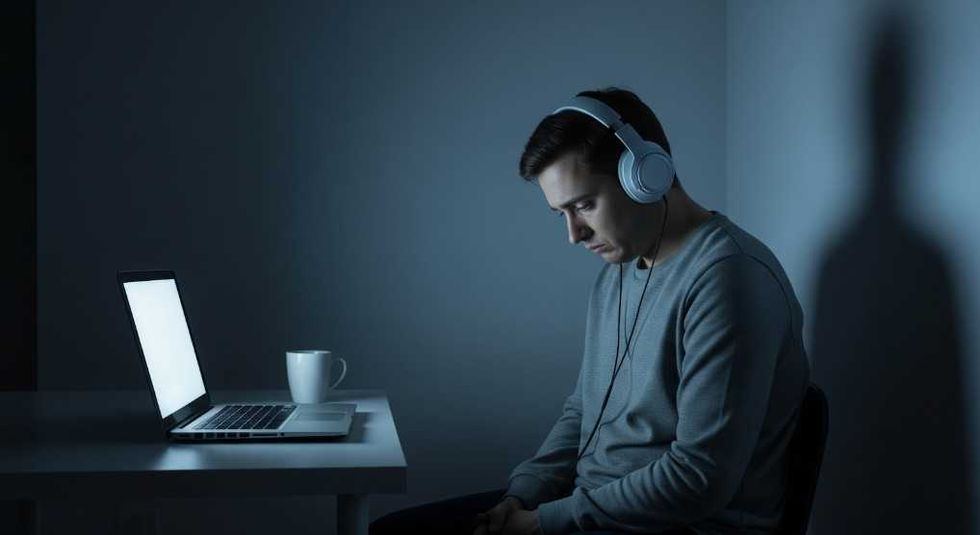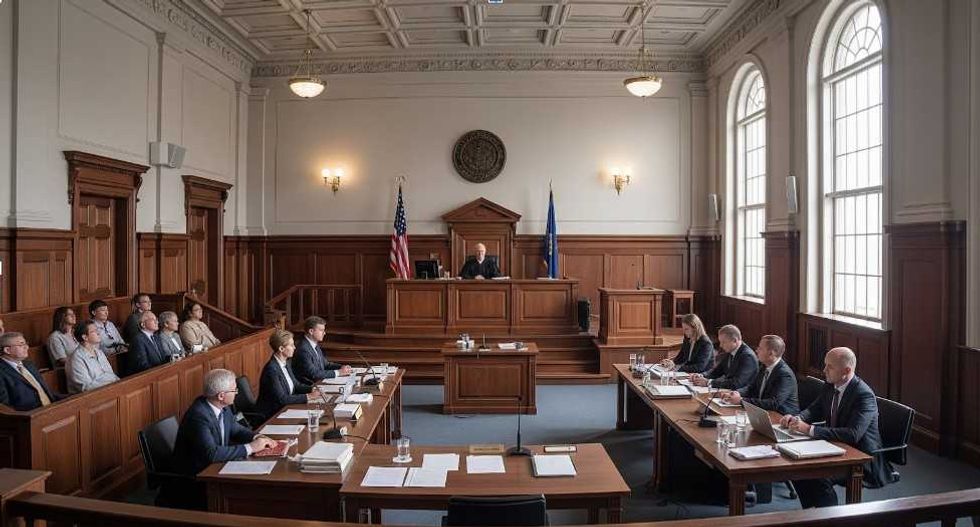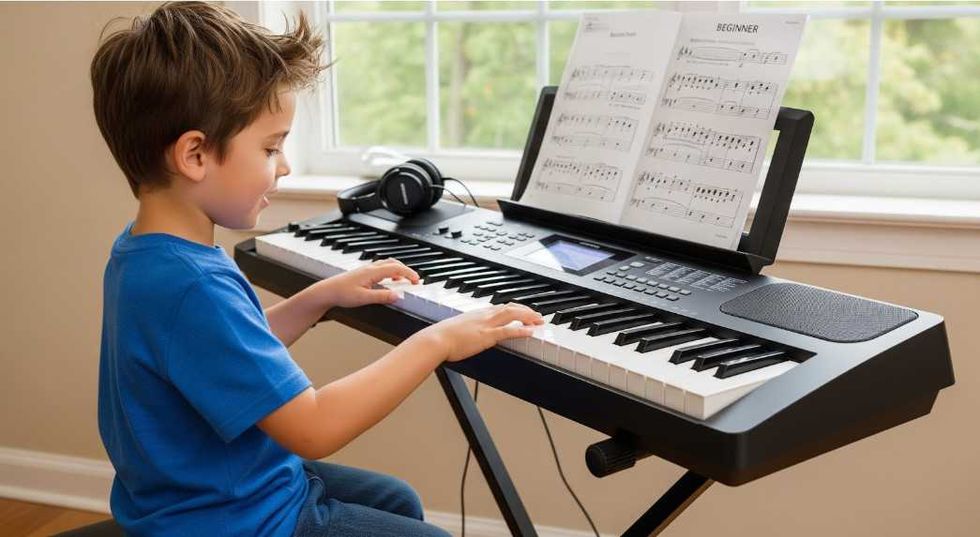The millennial generation has never been one to shy away from a challenge. Taking on a tumultuous government system, broken economy, fractured environment and population distress the millennial generation is one of innovation and recreation. But we were also born into a time of fast turn arounds, of quick fixes and of constant change. It’s no wonder that so many millennials have turned to drugs as a means of coping with the insanity of their lives.
In an interview with mental health professional Jacob Parker-Carver he says, “If you think about it as opioids, of which heroin is one, they’re pain killers. So someone who is addicted to that, they’re dealing with pain. They’re taking that because they’re in pain and can’t handle the world without that painkiller.” The world of quick fix painkillers and mainstreamed prescription pills has moved into the twenty first century, and my peers seem to take advantage of it as much as possible.
“It’s not hard to get drugs on campus,” one anonymous source at Ithaca College tells me. “And there’s rarely a drug I’m willing to turn down. I draw the line at needles. Needles freak me out too much.”
Now me, I’m from California. A state known for it’s marijuana use and generally drugged up and chilled out vibes. While I grew up in a culture that was accepting of experimentation and innovation, it’s interesting to think how this could have framed my own opinions on drugs. Am I too relaxed about the consequences? Do I even really know them?
The millennial drug culture is one that has become so prominent in society that even media outlets such as VICE have begun a series of undercover documentaries detailing the lives of trendy drugs and their addicts all over the world. A simple Google search for “VICE drug documentaries” will produce a never ending list of films with catchy headlines like “Fentanyl: The Drug Deadlier than Heroin,” and “The Truth About Ecstasy: High Society.” With a listing ranging from Russia’s infamous Krokodil to the rise of psychedelic truffles in Amsterdam, VICE has produced a series that perfectly chronicles millennial drug use and culture.
I wanted to know more about the kinds of drugs my peers were doing. In an anonymous survey of over 100 people I found some surprising results. While the most popular drug remained alcohol, with 95% of the test subjects having used it, some of the other results were surprising. Cannabis came in as the second most popular at 83%, followed by a tie between amphetamines and cocaine at 42% each. This is where the results start to get interesting.
While drugs like heroin and methamphetamine are ones that most often get news attention in American media, in this survey they were actually some of the least popular, heroin coming in at only 3%. Now sure, this could be attributed to the specific people I surveyed and the lifestyles that they come from. But I think it’s important to note that other drugs that are just as dangerous have an increasing popularity amongst millennial consumers. 27% of participants had taken some sort of prescription painkiller (not prescribed to them), such as Oxycodone or Vicodin. Other popular drugs in this survey were shrooms/truffles at 23%, LSD at 28%, Ecstasy at 23%, and MDMA at 14%.
“It’s rare that I’ll turn a drug down,” continues my anonymous source after they see the results from the survey. “If you offered me a line right now, I’d probably do it. Just to see what it was like, if nothing else.”
When asked what kind of drugs they have in their room, they pause before answering. “I mean, I have a bunch of stuff that’s actually prescribed to me. But I guess other than that, I’ve got some weed, a few addys (Adderall), tab of acid, and some Oxy. I guess some liquor and nicotine too, if you’re counting that.”
It’s important to try and unpack what exactly makes these drugs so appealing to their young users. Is it simply accessibility, or is there a bigger problem? “I’ve been diagnosed with a slew of mental illnesses. But I’m also an honors student, a double major, and really active in student life. It’s not like I’m shacked up in my dorm room without anyone watching me. I’m always safe. Always with other people. The modern way college students do drugs doesn’t look like what the news says it does. We’re not in back alleys, we’re pulling all nighters and studying for tests. It’s not as glamorous as Hollywood makes it seem.”
In the big picture of things, it will be interesting to see how millennial interact with drugs once we have our own children. Will they continue to evolve and accept more and more dangerous drugs as we have begun, or will they shy away from it after they see what’s happened to all of us? Unfortunately I don’t have an answer to this question - the thought of what happens when a stoner generation has to raise kids.



















